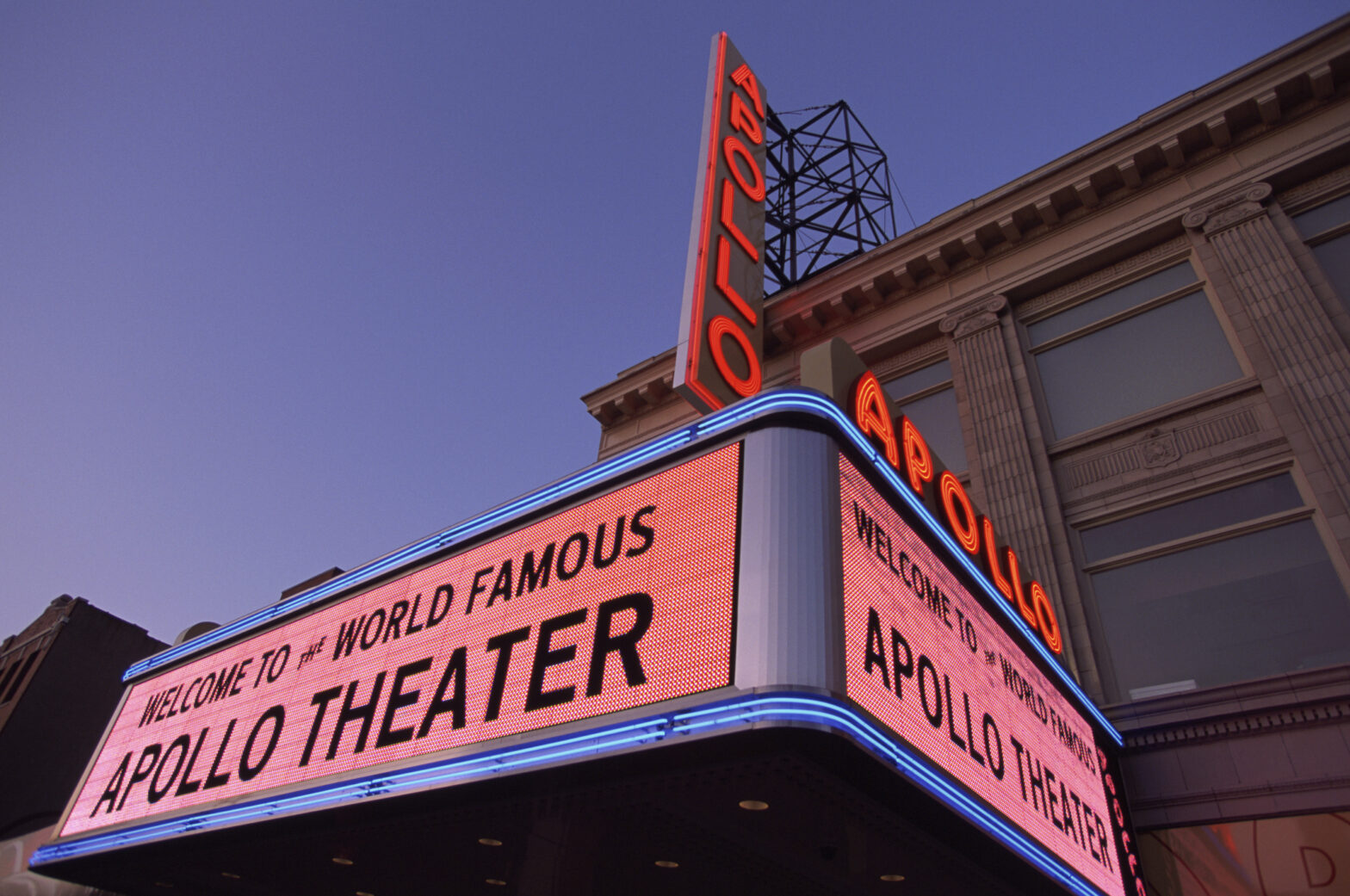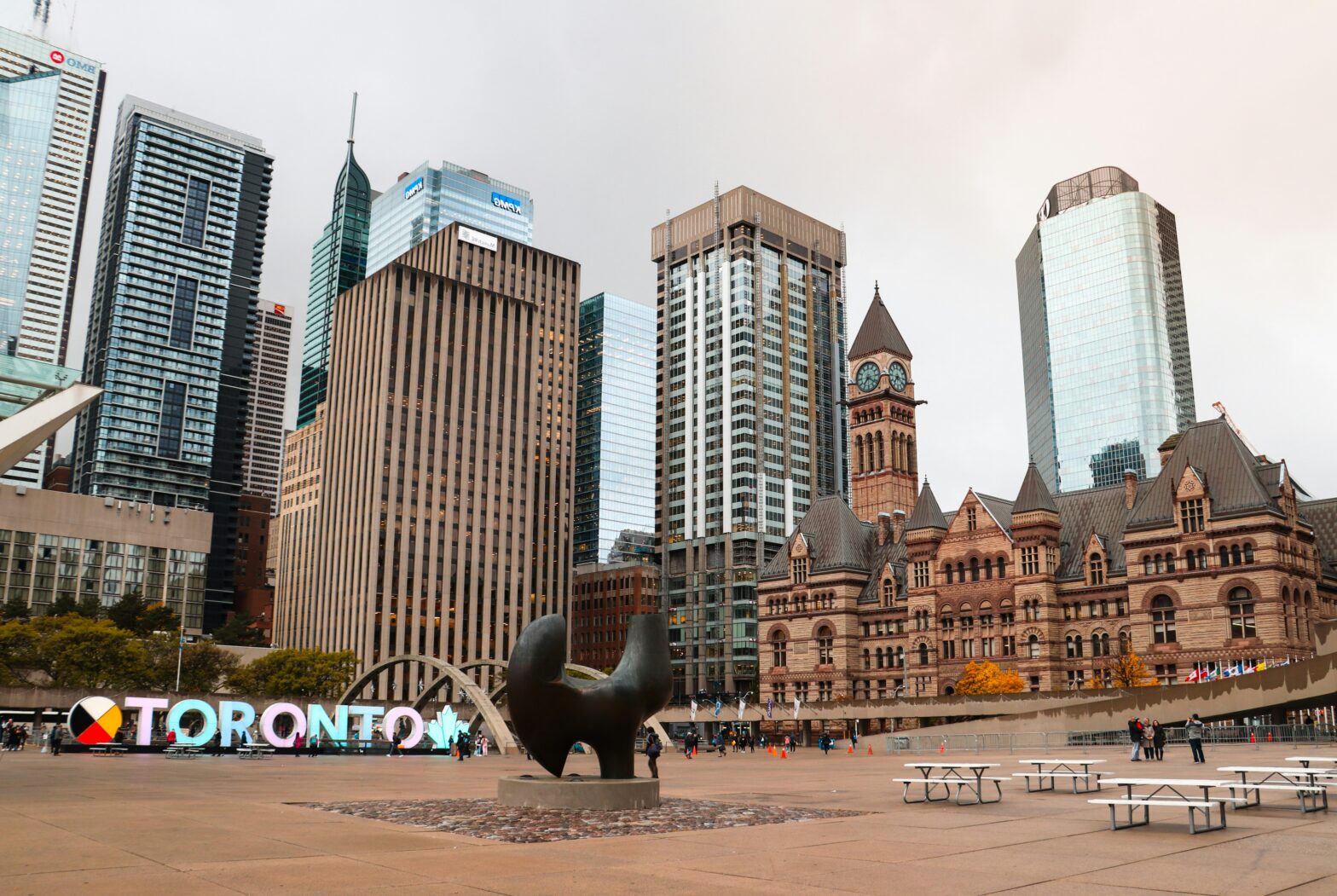There was no way we could give Barcelona a shout-out without doing the same for those visiting Madrid, the illustrious, Spanish capital that is worth visiting. It’s described by World Travel Guide as “energetic, cosmopolitan and creative,” and once you arrive, you’ll surely notice all three.
Listo? Here are 13 things to remember when visiting Madrid.
1. There Are Lots Of Great Places for Alcohol

There’s a broad range of spots here for adult beverages, from Irish pubs to elegant cocktail lounges.
Del Diego is a venue where people come dressed well for a Martini, White Russian or an Old Fashioned. And wine. Of course.
Need something more casual? Have a beer and play some pool at La Via Láctea or El Doble which gives you free tapas with your beer.
If you want an actual Irish Pub, Dubliners in Sol is fun.
2. It Is A Haven For Artists

If you have any interest in art, Madrid has some of the finest museums in Europe.
If you’re into art from the Renaissance, Baroque, Romantic and other such periods, check out El Prado, which features Velazquez, El Greco, Titian and others.
The Reina Sofia is for modern art, and features two of Spain’s most famous artists, Picasso and Dalí.
3. Bullfighting Is Controversial, But Not Illegal

The main bullfighting ring in Madrid is Las Ventas.
There have been numerous attempts to ban bullfighting in recent years, but it still isn’t illegal.
Critics argue that it is both cruel and outdated. The fact that it has been a hallmark of Spanish culture for generations doesn’t justify allowing it to continue.
Public interest in bullfighting has steadily declined over the years, not to mention the impact of COVID-19, which delivered a blow to the industry.
4. Gran Via Has Everything

Some call this long boulevard the Spanish Broadway, and it’s the most famous street in Madrid.
Are you looking for shops, restaurants, cafés, theater and nightlife? You’ll find all that here.
If you’re taking the Metro, lines 1 and 5 will take you to the Gran Via station and lines 3 and 5 will take you to the nearby Callao station.
5. There's Work To Be Done On The Racism Front

George Floyd’s death in 2020 sparked international protests, some of which were in Spain.
But there’s work to be done as it relates to the country’s own relationship with racism.
As The Associated Press points out, “many Spaniards condemn the murder of Black citizens by police in The United States, but few reflect on domestic racism, or Spain’s own history of colonialism, slavery, and attempts to conduct ethnic cleansing.”
Moreover, “numerous studies have captured rampant discrimination against people of color in Spain, especially in jobs and housing. The debate of racial representation is still on the fringes.”
6. Madrid Is Gay Friendly

The district of Chueca is where you’ll find the lion’s share of the gay clubs and bars.
But Madrid in general is very welcoming, or at least tolerant of the LGBT+ community, so if you’re holding the hand of your same-sex partner, people likely won’t mind.
The city hosts a great Pride parade called Orgullo Madrid, and Spain was the third country in the world to legalize same-sex marriage in 2005.
7. You Might Get Stared At For Having Dark Skin

Even with the presence of Afro-Spaniards due to immigration, Madrid is a white city in a white country.
You might experience being stared at. This could be racially driven, or it could be due to curiosity.
Travel blogger Sojourner White addressed this very issue during her time in Spain.
“Coming from Black American culture, we do not stare and point at people. Spain operates differently. I could be walking to class, on a bus, or on a beach, and people would stare and point. It was so blatant and uncomfortable. Most times, I chose not to engage and tried to ignore it. I was told staring is a cultural difference; I suspect it is due to Spain’s homogeneity.”
8. The Metro Is Not 24 hours

If you’ve taken the train in just about any other city, you should be able to handle Madrid’s metro.
There are colored maps in the stations and on the trains themselves to guide you.
If you’re planning to spend a late night partying, make sure you have cab money. Otherwise, you’ll have to walk home or wait until 6 AM, when the stations reopen.
9. Prepare To Eat Dinner Late

As we highlighted in a feature on Barcelona, you can forget eating dinner at 6, 7 or even 8 PM in Madrid.
The Spanish eat their last meal of the day no earlier than 9 at night.
Some spots for dinner at different price points are Taquería Mi Ciudad, El Cisne Azul, El Paraguas and Casa Benigna.
10. Barajas Is The Main Airport

When you fly into Madrid, you’ll arrive in Adolfo Suárez Madrid-Barajas Airport (or Barajas for short).
It’s the busiest airport in Spain, and the largest in all of Europe after De Gaulle in Paris.
11. You Can Easily Take The Train Beyond The City Limits

There are a handful of villages, towns and cities you can get to from Atocha Station in two hours or less.
Segovia, with its Roman aqueduct, and medieval Toledo are just 30 minutes away.
Further afield, there’s Valencia, home of the paella, and historic Salamanca, both just under two hours from the capital.
12. There Are Plenty Of Places To Shop

Aside from Gran Via, you’ll find some cute boutiques and department stores on and around Goya, Velazquez, and Ortega y Gasset.
For more options, visit Calle de Serrano, Calle Fuencarral, and Calle de La Princesa.
13. Exploring On Foot Is A Joy

You can hire a guide, but it’s much better to explore Madrid by yourself. And if you get lost, the locals are pretty friendly.
Bring sneakers or other comfortable walking shoes, especially if you plan to explore the large parks like Retiro.
Keep snacks and water handy if you’re going in the height of summer.





